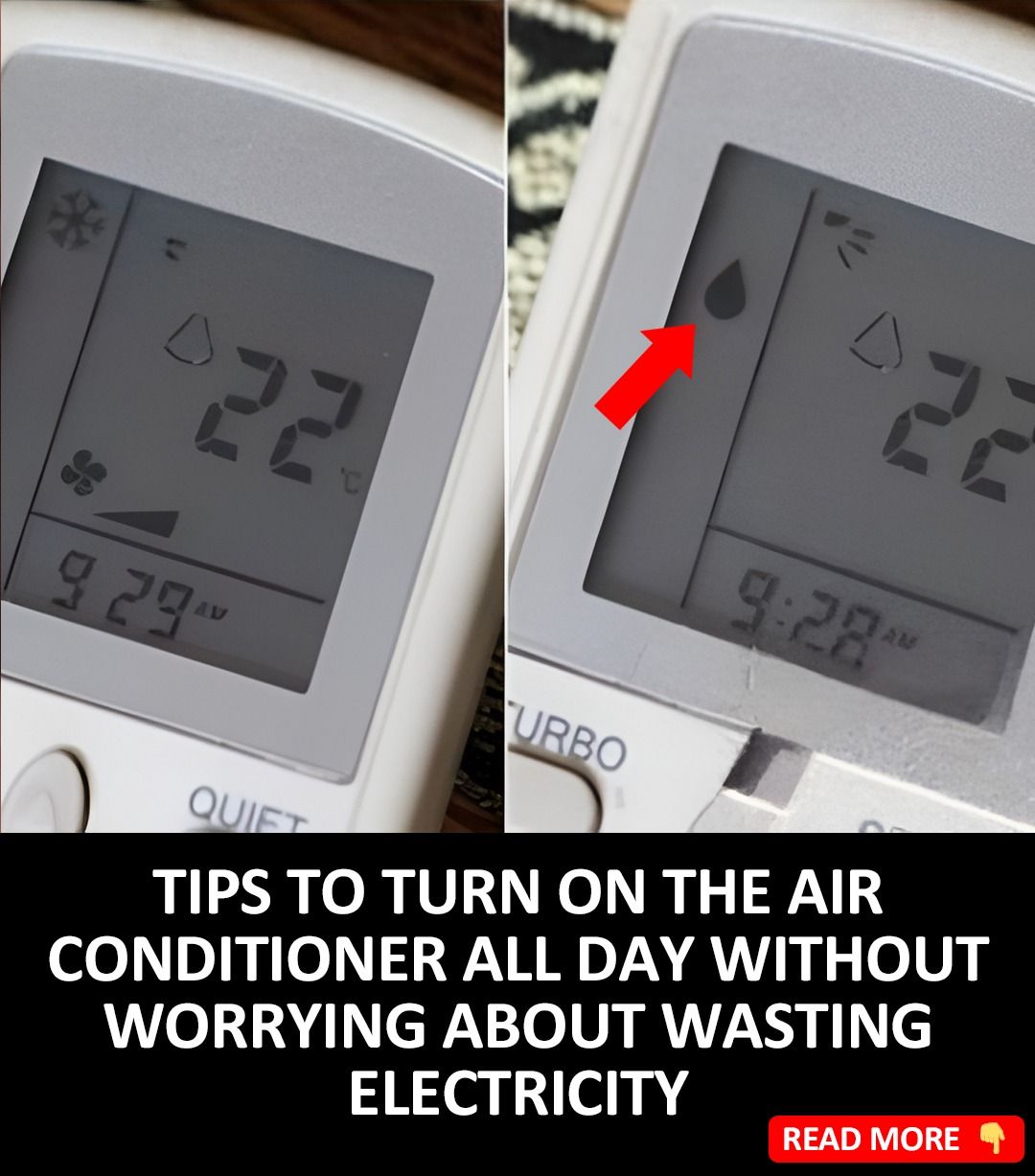As summer approaches and temperatures begin to rise, many households prepare to rely heavily on their air conditioners to keep cool. However, the increased usage often leads to a spike in energy bills, leaving homeowners searching for ways to stay comfortable without overspending.

Fortunately, there are practical and effective strategies that can help your air conditioning system run more efficiently while keeping your costs under control. One of the most important steps is to ensure the air conditioner is free of blockages. Cleaning out the vents and ductwork allows air to circulate more freely, improving overall performance and reducing strain on the system. This can be done by homeowners themselves or with the help of a professional technician, and it ensures that your unit doesn’t have to work harder than necessary to cool your home. Speaking of professionals, scheduling regular maintenance checks is essential.
Even if your unit seems to be working fine, a certified technician can detect hidden problems such as poor airflow, worn components, or faulty wiring. These issues, if left unresolved, can affect the unit’s efficiency and shorten its lifespan. Another key practice is maintaining a consistent indoor temperature throughout the day. Constantly adjusting the thermostat forces the system to work overtime, especially during peak heat hours. Instead, aim for a stable temperature setting that balances comfort and energy savings. Many experts recommend keeping the thermostat around 70 degrees Fahrenheit rather than dropping it to the low 60s, which can waste energy and increase costs. Surprisingly, simply turning off the air conditioner at certain times can make a significant difference.
During cooler evenings or when no one is home, switch off the unit and open the windows to let fresh air in. This not only gives your system a break but also reduces wear and tear. In extreme heat regions, such as desert areas, setting the thermostat to a moderate 70 degrees when away can protect items like candles and toiletries from heat damage without overcooling the space. Timing is also crucial when it comes to using your air conditioner wisely. Afternoon hours often require more energy due to the higher temperatures and increased household activity. Instead of staying indoors with the AC running, consider heading to a nearby lake, river, or pool during the hottest part of the day. Spending time outdoors can keep your home cooler and reduce your reliance on the air conditioner.
After cooling off overnight with open windows, be sure to close them in the morning to prevent hot air from entering. Additionally, keeping blinds or curtains closed during the sunniest parts of the day can block heat and reduce the workload on your cooling system. Pairing your air conditioner with a ceiling fan is another excellent strategy. Fans help distribute cool air evenly throughout the space, making the room feel more comfortable without lowering the thermostat. When it comes to cooking, try to minimize the use of ovens and stovetops, especially in the afternoon. Instead, opt for microwave meals, slow cooker recipes, or cold dishes like salads to avoid adding unnecessary heat to your home. Early morning cooking is also a great way to prepare meals while keeping your home cool for the rest of the day. Insulation and ventilation are two often overlooked but essential components of air conditioner efficiency. Make sure your home is properly insulated by sealing any cracks or gaps where air might escape, particularly around windows, doors, attics, and basements. Weatherstripping and caulking are simple yet effective ways to improve insulation. Finally, investing in a smart thermostat can provide long-term savings. While the initial cost may be higher, smart thermostats offer programmable features that adjust temperatures based on your schedule, automatically lowering energy usage when you’re not home. With remote access via smartphones, you can also make changes on the go, ensuring your home stays comfortable while keeping your energy bills in check.





